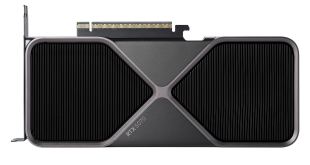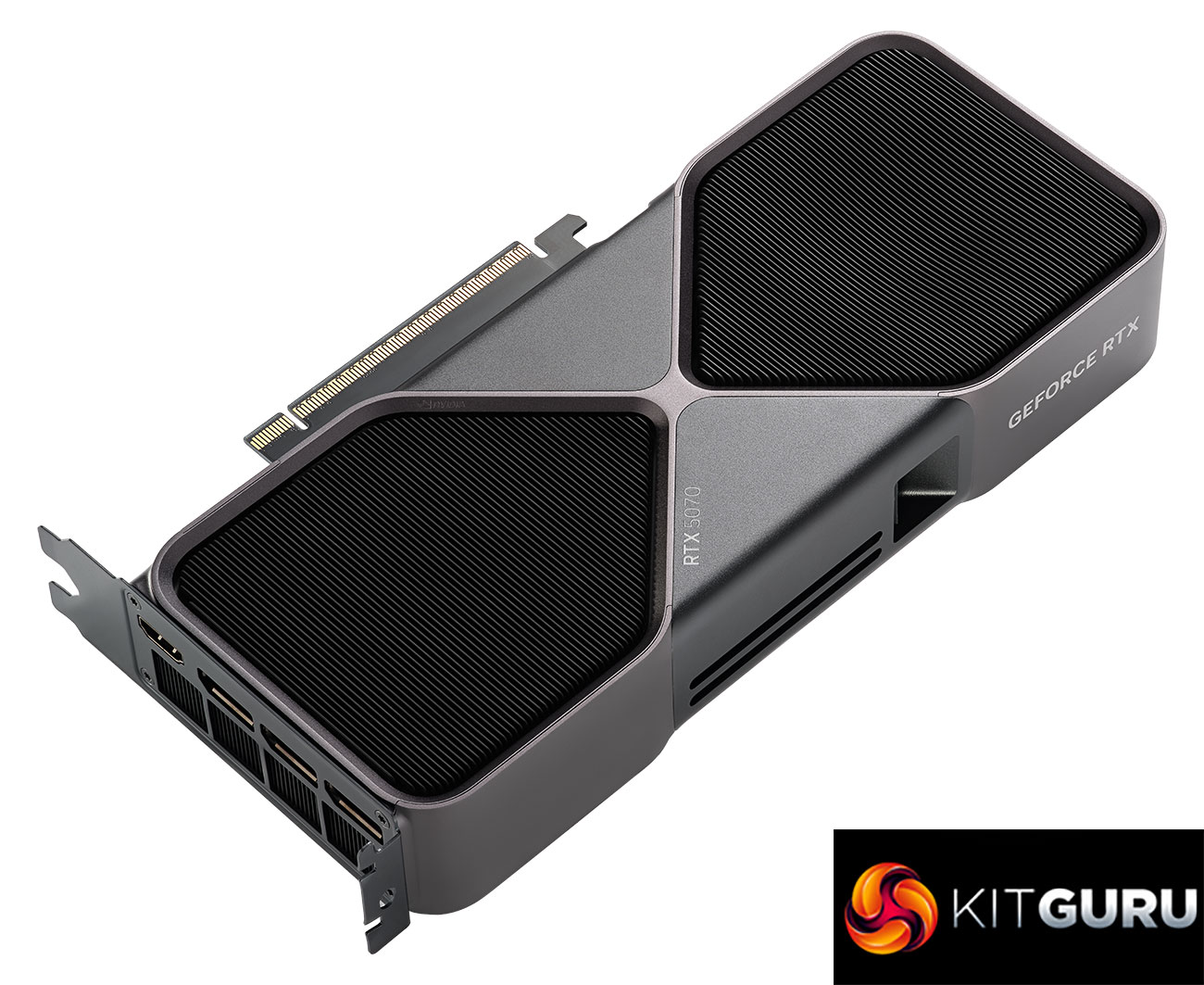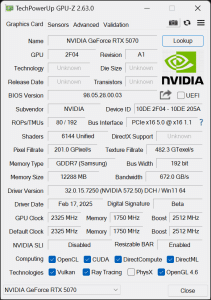
Following on from the RTX 5070 Ti that hit the market last month, today we can present our review of Nvidia's new RTX 5070. The smallest Blackwell GPU yet, it's also the cheapest xx70-class SKU since the launch of the RTX 3070 back in October 2020, given it lands with a £539/$549 MSRP. On-paper specs don't suggest much of a leap forward compared to the RTX 4070 Super, though, so just how fast is this new graphics card? We look at rasterisation, ray tracing, DLSS 4 and more to find out, while also putting Nvidia's claim of ‘RTX 4090' performance to the test…
With the retail launch for the RTX 5070 set for tomorrow, March 5th, it will be the last of the four RTX 50 series GPUs that Nvidia announced back at CES 2025. RTX 5090 was first out in mid-January, while RTX 5080 followed a week later, and the aforementioned RTX 5070 Ti landed in February.
This review is all about the RTX 5070 though, and we have plenty of data and charts to look through before delivering our final verdict on this graphics card…
| RTX 5080 | RTX 5070 Ti | RTX 5070 | RTX 4070 Super | RTX 4070 | |
| Process | TSMC N4 | TSMC N4 | TSMC N4 | TSMC N4 | TSMC N4 |
| SMs | 84 | 70 | 48 | 56 | 46 |
| CUDA Cores | 10752 | 8960 | 6144 | 7168 | 5888 |
| Tensor Cores | 336 | 280 | 192 | 224 | 184 |
| RT Cores | 84 | 70 | 48 | 56 | 46 |
| Texture Units | 336 | 280 | 192 | 224 | 184 |
| ROPs | 112 | 96 | 80 | 80 | 64 |
| GPU Boost Clock | 2617 MHz | 2452 MHz | 2512 MHz | 2475 MHz | 2475 MHz |
| Memory Data Rate | 30 Gbps | 28 Gbps | 28 Gbps | 21 Gbps | 21 Gbps |
| L2 Cache | 65536 KB | 49152 KB | 49152 KB | 49152 KB | 36864 KB |
| Total Video Memory | 16GB GDDR7 | 16GB GDDR7 | 12GB GDDR7 | 12GB GDDR6X | 12GB GDDR6X |
| Memory Interface | 256-bit | 256-bit | 192-bit | 192-bit | 192-bit |
| Memory Bandwidth | 960 GB/Sec | 896 GB/Sec | 672 GB/Sec | 504 GB/Sec | 504 GB/Sec |
| TGP | 360W | 300W | 250W | 220W | 200W |
First, a quick spec recap. RTX 5070 marks the introduction of a new Blackwell die – GB205, where RTX 5070 is not quite full implementation but comes close. Comprised of five Graphics Processing Clusters (GPCs), each holds up to eight Texture Processing Clusters (TPCs), with a total of 24. Each TPC is home to two Streaming Multiprocessors (SMs), giving us 48, and each SM still holds 128 CUDA Cores, meaning the RTX 5070 has a total of 6144 shaders. We also find 48 RT cores, 192 Tensor cores, 192 Texture Units, and 80 ROPs.
This time around, however, there's no node-shrink, and GB205 remains fabricated on TSMC's N4 node, as per the RTX 40 series. As such, rated clock speed has not stepped forwards this generation, with the RTX 5070 rated at 2512MHz, within 40MHz of the RTX 4070 and RTX 4070 Super.
The memory configuration is similar to its predecessors, too. We still find 12GB of memory operating a 192-bit interface, the primary difference being the jump to 28Gbps GDDR7 modules, increasing memory bandwidth to 672 GB/s. L2 cache still comes in at 49MB.
Lastly, the RTX 5070 features a 250W TGP. This is something we focus on closely in this review, using our enhanced GPU power testing methodology, so read on for our most detailed power and efficiency testing yet.
 KitGuru KitGuru.net – Tech News | Hardware News | Hardware Reviews | IOS | Mobile | Gaming | Graphics Cards
KitGuru KitGuru.net – Tech News | Hardware News | Hardware Reviews | IOS | Mobile | Gaming | Graphics Cards




